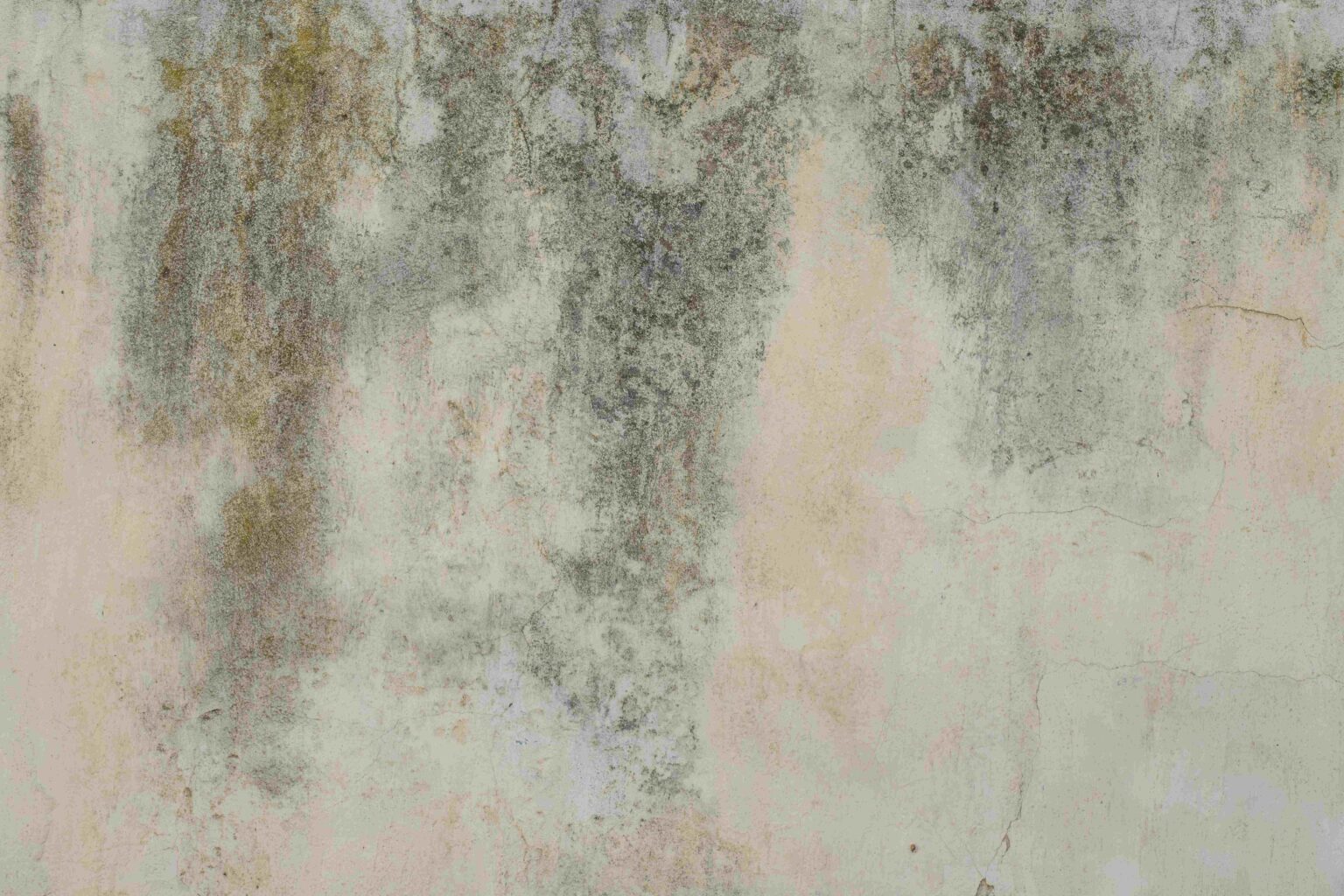Damp problems can be a homeowner’s worst nightmare, causing structural damage, health issues, and diminishing the value of your property. As we move further into 2025, protecting your home from damp has never been more crucial.
In this comprehensive guide, we’ll explore effective strategies to safeguard your property against various forms of damp, drawing on expert advice from London Damp Solutions, damp specialists since 1994.
Understanding Damp: The First Step in Protection
Before diving into prevention methods, it’s essential to understand the different types of damp that can affect your property:
- Rising Damp: This occurs when groundwater moves up through the walls, floors, and masonry via capillary action.
- Penetrating Damp: Caused by water leaking through walls from the outside, often due to structural issues.
- Condensation: The most common form of damp, resulting from excess moisture in the air settling on cold surfaces.
Identifying these issues early is crucial for effective treatment and prevention.
Effective Damp Proofing Solutions
1. Install a Damp Proof Course (DPC)
A DPC is a horizontal barrier installed in the walls of a building to prevent moisture from rising through the structure. If your property lacks a DPC or the existing one has failed, installing or repairing it should be a priority.
2. Improve Ventilation
Proper ventilation is key to preventing condensation. Consider these steps:
- Install extractor fans in high-moisture areas like kitchens and bathrooms
- Ensure windows are opened regularly to allow air circulation
- Use dehumidifiers in problem areas
- Consider installing trickle vents in windows for constant, controlled ventilation
3. Address External Issues
Many damp problems originate from outside the property. Regular maintenance can prevent these issues:
- Clear gutters and downpipes to ensure proper water drainage
- Repair any cracks in external walls
- Ensure proper pointing between bricks
- Check and maintain roof tiles to prevent leaks
4. Basement Waterproofing
For properties with basements or cellars, waterproofing is essential. London Damp Solutions offers specialist basement tanking services, which can transform damp, unusable spaces into valuable living areas while protecting against moisture ingress.
5. Treat Timber for Woodworm and Dry Rot
Damp conditions can lead to woodworm infestations and dry rot, which can severely damage wooden structures. Regular inspections and treatments by specialists can prevent these issues from taking hold.
6. Use Damp-Resistant Materials
When renovating or repairing, opt for materials that resist moisture:
- Damp-proof membranes for walls and floors
- Water-resistant plasterboard
- Mould-resistant paints
7. Maintain Proper Heating
Consistent heating helps prevent condensation by keeping surfaces warm. Consider using thermostatic radiator valves to maintain a steady temperature throughout your property.
8. Regular Inspections and Surveys
Prevention is always better than cure. Regular damp surveys by professionals can catch issues early, saving you time and money in the long run.
The Process of Damp Proofing with Professionals
When engaging with damp specialists you can expect a structured approach:
- Schedule an Appointment: The first step is to book a survey with their experts.
- Professional Advice: During the survey, you’ll receive expert advice on the best course of action for your specific damp issues.
- Meet the Experts: Discuss your options with experienced professionals who can explain the proposed solutions in detail.
- Implementation: Once you’ve agreed on a plan, the specialists will carry out the necessary work to damp-proof your property.
Long-Term Benefits of Damp Proofing
Investing in damp proofing offers several long-term advantages:
- Preserves the structural integrity of your property
- Increases the value of your home
- Improves indoor air quality, benefiting your health
- Reduces energy costs by improving insulation efficiency
- Prevents the growth of mould and mildew
Sustainable Damp Prevention
As we become more environmentally conscious in 2025, consider sustainable approaches to damp prevention:
- Use eco-friendly insulation materials
- Opt for natural ventilation solutions where possible
- Choose low-VOC paints and sealants
- Implement rainwater harvesting systems to manage water around your property
Technological Advancements in Damp Prevention
The field of damp proofing is continually evolving, with new technologies emerging:
- Smart humidity sensors that alert you to potential damp issues
- Advanced breathable materials for construction and renovation
- Innovative damp-proof courses using cutting-edge chemical formulations
Stay informed about these developments and consult with experts like London Damp Solutions to incorporate the latest solutions into your damp prevention strategy.
Conclusion: A Proactive Approach to Damp Prevention
Protecting your property from damp is an ongoing process that requires vigilance and proactive measures. By understanding the causes of damp, implementing preventative strategies, and seeking professional help when needed, you can ensure your home remains dry, healthy, and valuable for years to come.
Remember, while DIY methods can be effective for minor issues, severe or persistent damp problems require expert intervention.
As we progress through 2025, take the time to assess your property’s damp risk and consider scheduling a professional survey. With the right approach and expert support, you can protect your home from the damaging effects of damp, preserving its beauty, structural integrity, and peace of mind.
